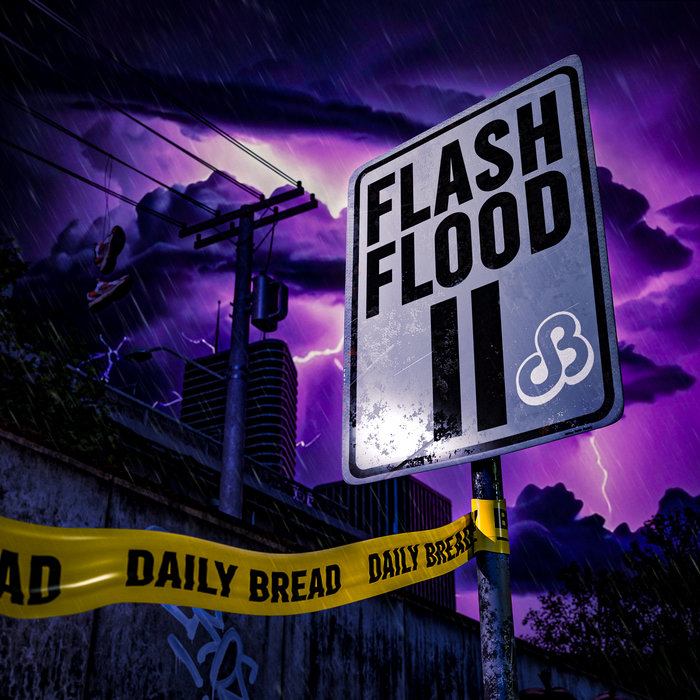
The Rain Song – Daily Bread
this blog is GROOVY – check out great Soul, Funk, Jazz, Hip Hop, Bass, Breaks , Reggae, House n many more TUNES
Instrumental music, the groove that lets the sounds speak for themselves—no lyrics needed! It’s a genre that has been around longer than sliced bread (okay, maybe not that long, but you get the idea)! So kick back and let’s dive into this funky history of instrumental jams!
The journey begins way back when humans first discovered sound. Even before there were instruments, our ancestors were banging rocks together and blowing through hollow reeds. Fast forward to ancient civilizations—think Greeks and Romans—who used lyres and flutes to create some sweet melodic vibes.
By the Renaissance (~1400-1600), folks started getting serious about their music. Composers like Palestrina introduced polyphony—a fancy word for multiple independent melodies playing at once. This was a game-changer!
Then came Baroque (1600-1750) with its bombastic orchestras led by legends like Bach and Vivaldi. But what really set things in motion for instrumental music? Enter Classical (1750-1820), where we saw symphonies take shape thanks to geniuses like Beethoven; talk about bringing down the house!
Now let’s skip on over to the 20th century where jazz emerged as one wild beast fueled by spontaneity. In smoky clubs filled with dim lights and groovy cats swinging their hips, musicians began improvising like it was nobody’s business!
Funny fact time: Did you know that Louis Armstrong often played his trumpet so hard during performances that he’d sometimes break strings? Talk about taking “blowing your horn” literally!
Miles Davis became a heavy hitter in this jazzy landscape with his iconic album “Kind of Blue.” It revolutionized jazz more than an unexpected rain shower can surprise summer picnickers! His use of modal scales opened up new realms for improvisation.
And let’s not forget Duke Ellington who famously said, “There are simply two kinds of music: good music and bad music.” Word up! That dude had some killer grooves.
As rock & roll rolled onto the scene in the mid-20th century, instrumental compositions found their place alongside those electrifying guitar solos we all love. Groups like The Ventures popularized surf rock instrumentals while bands such as Cream jammed out psychedelic masterpieces without any vocals.
Here comes another fun nugget: Did you know Jimi Hendrix once got kicked out of a band called The Velvetones because he couldn’t stop playing too many notes? Those who play fast must face consequences… at least until they go solo!
In the late ’60s/early ’70s, progressive rock bands like Pink Floyd took us on sonic journeys full of dreamy atmospherics blended with instrumentals longer than your grandma’s yarn collection—just think “Echoes.” Their tracks challenged traditional song structures while creating epic narratives solely through sound.
One curious tidbit is how Pink Floyd recorded “A Saucerful Of Secrets” using an actual flying saucer prop—the kind you’d see at an alien-themed diner—which they later returned… or did they?
Zoom ahead to the ’80s when electronic music took off faster than a kid chasing after an ice cream truck! Synths became all-the-rage; artists such as Jean-Michel Jarre rocked out entire albums without saying a single word—and audiences loved it! His concerts attracted thousands—all simply vibing without needing lyrics or catchy hooks.
And don’t sleep on techno either; it was born from Detroit parties featuring pulsating beats perfect for dancing till dawn—with nary a vocal in sight!
Sampling entered into our lives alongside hip-hop culture where old sounds meet new creativity; everyone from DJ Shadow to Moby echoed familiar riffs while adding fresh spins on classic jams—all purely through instrumentation rather than words!
Today’s landscape is just bursting with genres incorporating thrilling instrumental work—from post-rock groups exploring atmospheric soundscapes (ahem Godspeed You! Black Emperor) to modern classical composers delivering mind-bending art pieces (shout-out Max Richter!). With platforms streaming everything under heaven’s stars—it feels easy now more than ever for artists worldwide expressing themselves sans lyrics!
Oh hey—funny thing – did you hear about composer Philip Glass leaving behind traditional college study paths? Instead opting instead traveling India learning ragas instead?? Now that’s what I call ‘subjective inspiration’ right there.
So whether it’s smooth jazz licks melting hearts or epic film scores sending chills down spines—the beauty remains clear throughout centuries past: There ain’t nothing quite like pure instrumental tunes pushing boundaries daily—even giving entertainers room shining bright all alone beneath starlit skies radiating deep passion within every note hit rhythmically upon ear drums worldwide!!
Let’s keep those vibrations alive forever—as inspired musicians groove onward down future decades layered harmoniously fused within rhythmic tapestries redefining art itself over ages love ever-growing endless possibilities rooted simplicity profound elegance dance floors wait beckoning souls seeking comforting embrace rhythms enveloping them warmly broadcasting magic everywhere come vibe along friends!!

The Rain Song – Daily Bread
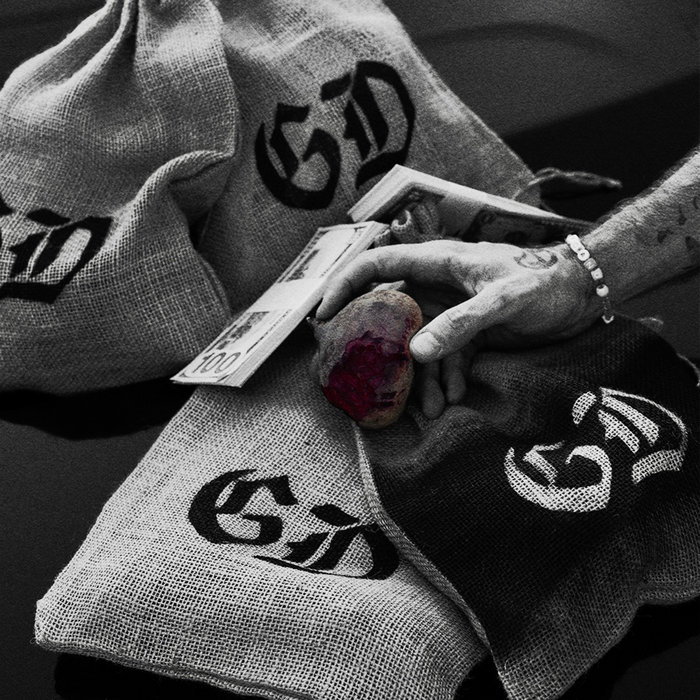
You Can Fly – great dane

Strange Things – John Holt
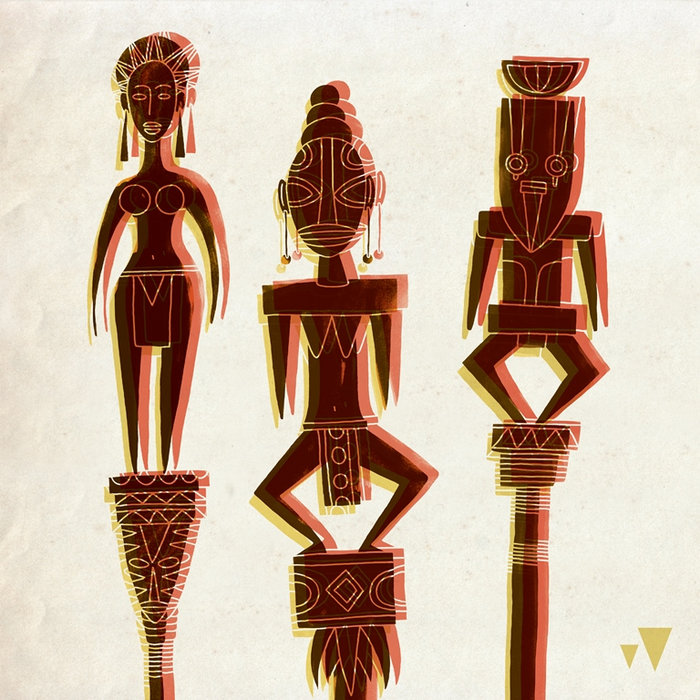
100% 13 – Bixiga 70
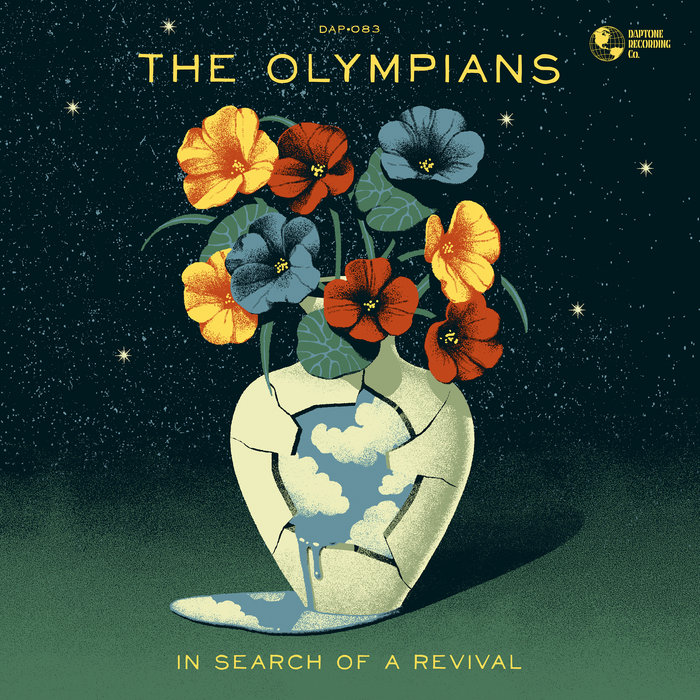
California – The Olympians
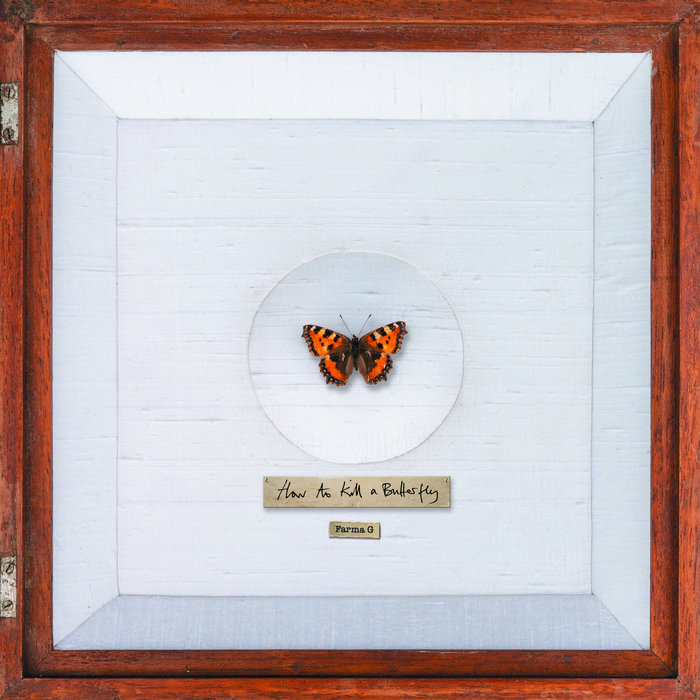
Found That Funny – Farma G

Muneta – Seoi Nage

Bucky's Groove – The Du-Rites

Le Rêve – Lexx Remix – Pablo Color avec Liza Carrey

A01 – Exordium – JoHo Records